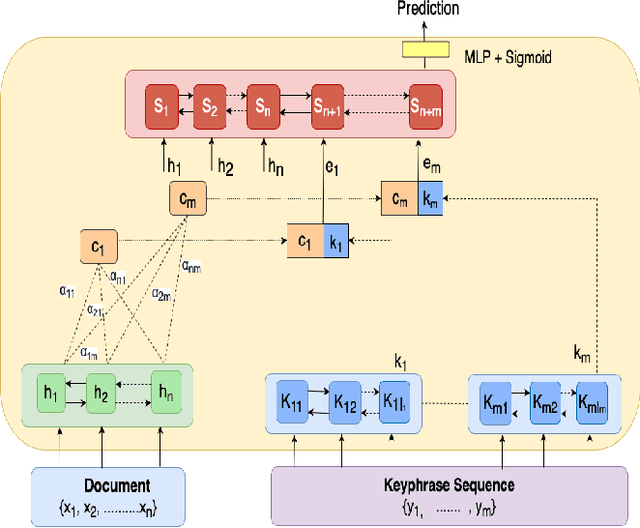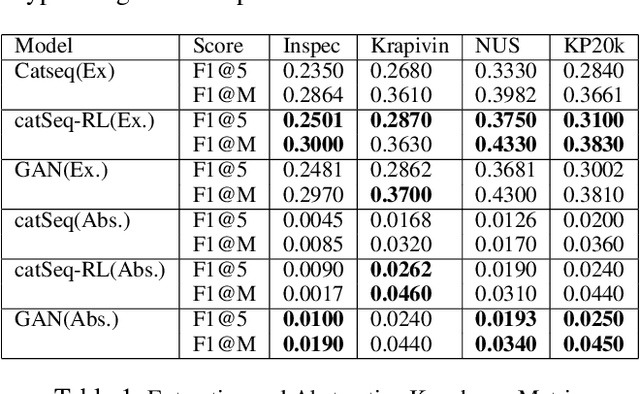Raj Kuwar Gupta
IIITM Face: A Database for Facial Attribute Detection in Constrained and Simulated Unconstrained Environments
Oct 02, 2019



Abstract:This paper addresses the challenges of face attribute detection specifically in the Indian context. While there are numerous face datasets in unconstrained environments, none of them captures emotions in different face orientations. Moreover, there is an under-representation of people of Indian ethnicity in these datasets since they have been scraped from popular search engines. As a result, the performance of state-of-the-art techniques can't be evaluated on Indian faces. In this work, we introduce a new dataset, IIITM Face, for the scientific community to address these challenges. Our dataset includes 107 participants who exhibit 6 emotions in 3 different face orientations. Each of these images is further labelled on attributes like gender, presence of moustache, beard or eyeglasses, clothes worn by the subjects and the density of their hair. Moreover, the images are captured in high resolution with specific background colors which can be easily replaced by cluttered backgrounds to simulate `in the Wild' behaviour. We demonstrate the same by constructing IIITM Face-SUE. Both IIITM Face and IIITM Face-SUE have been benchmarked across key multi-label metrics for the research community to compare their results.
Keyphrase Generation for Scientific Articles using GANs
Sep 24, 2019


Abstract:In this paper, we present a keyphrase generation approach using conditional Generative Adversarial Networks (GAN). In our GAN model, the generator outputs a sequence of keyphrases based on the title and abstract of a scientific article. The discriminator learns to distinguish between machine-generated and human-curated keyphrases. We evaluate this approach on standard benchmark datasets. Our model achieves state-of-the-art performance in generation of abstractive keyphrases and is also comparable to the best performing extractive techniques. We also demonstrate that our method generates more diverse keyphrases and make our implementation publicly available.
 Add to Chrome
Add to Chrome Add to Firefox
Add to Firefox Add to Edge
Add to Edge